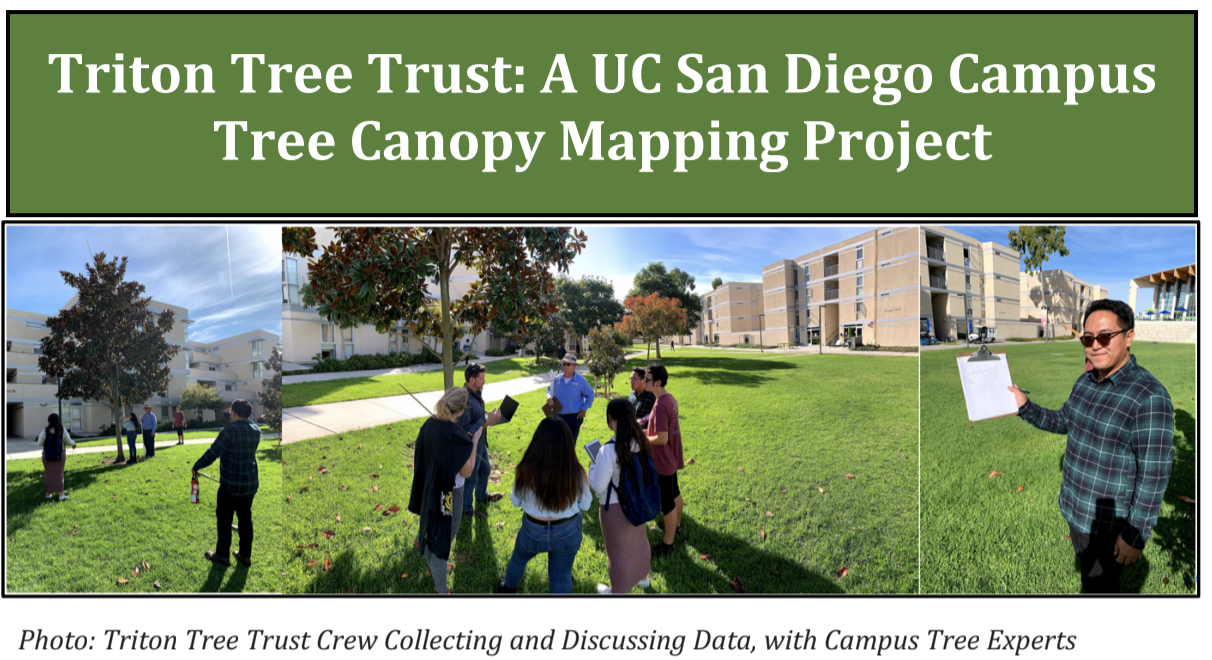Bioregional Center Current Projects

UC AlianzaMX
The BioREG Center will be co-creating a Tri-National Bioregional Framework with researchers and community organizations from Baja Mexico, local Native Nations, and San Diego to spend a year determining what aspects of climate change we can work on collaboratively across urban-rural divides.

UC Office of the President Global Food Initiative’s Multi-campus Testbed
A collection of UC Researchers are collaborating on a project led by UC San Diego to test, learn from, and improve asset mapping aimed at strengthening food system research and cross-campus collaboration across the UC system.

Tree Canopy Survey
Our convening of faculty, students, and nonprofit organizations co-designed an experiential learning, data collection, and analytical process to asset map, understand, and improve tree canopy coverage in San Diego from a climate justice perspective.
